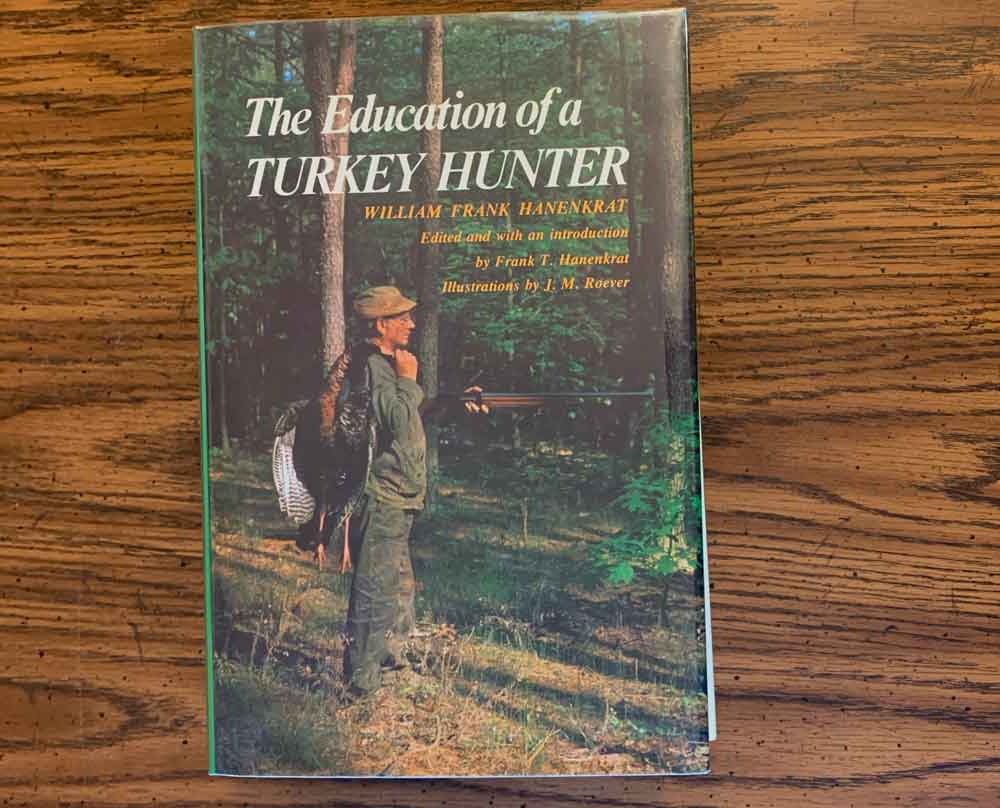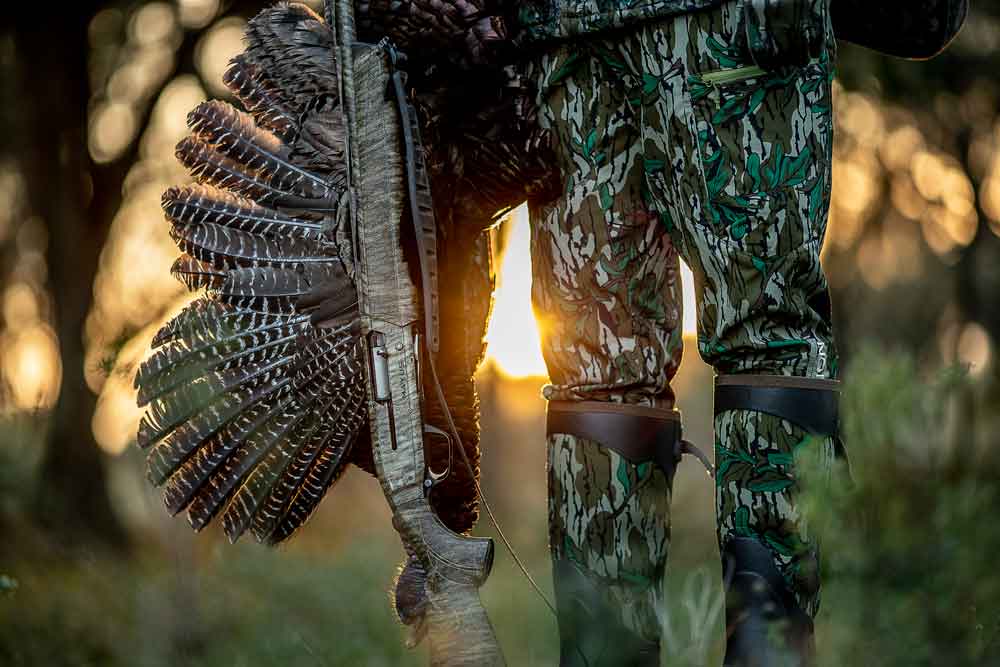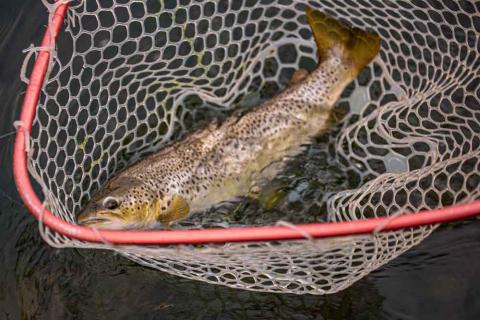Jason Worley
As a turkey hunter who got his start in the October woods and a student of the history of this fantastic thing called turkey hunting, I am often surprised to hear that many hunters are unaware that the pursuit of turkeys during the spring season is a relatively new concept. Now, some may throw stones at me when I say such things, but I can think of no better way for one to learn the truth of the story behind how our sport went from a fall endeavor to a rite of spring than to read William Frank Hanenkrat’s book, “The Education of a Turkey Hunter.”

Published in 1974, “The Education of a Turkey Hunter” is a walk down the path of turkey hunting history as seen from a hunter who was there. Hanenkrat began his journey as a turkey hunter in 1921, at the age of 12, when turkeys were viewed more as a needed table dressing than an opportunity to match wits with a phantom of the forest. Even in those days, you will find that an obsession overtook Hanenkrat that many of us today know too well. It would lead him to work along with the great Dr. Henry Mosby and create his own instrument of deceit he called "The Old Master Turkey Call."
As each chapter progresses, you will get a glimpse into the methods, equipment, and mindset of turkey hunters through the years. His stories also paint an excellent life story on a small, rural Virginia farm around and just after the depression. Shortly after that first successful hunt, Hanenkrat would meet a local turkey hunting legend. The story of the old hunter taking young Hanenkrat under his wing is one, so many of us can relate to. The teaching methods may be a bit different nearly 100 years later, but the message and respect for the bird and the hunt will ring true with many of us.
Classic Turkey Literature: The Old Pro Turkey Hunter
The final handful of chapters takes the reader into the period when turkey hunting began its full transition to a spring obsession. The causes leading to that change are hidden in the story of lost habitat, overhunting, and a general departure from the land, which culminates in the loss of the bird in so many places. It would be in the early 1970s that we would see hunters beginning to see the bird coming back and realizing the addictive challenge that lies in the pursuit of springtime, gobbling Toms. Spring turkey hunting indeed found its roots just as this book was being published.

If you want a well-written book that tells the story of our history, look no further than “The Education of a Turkey Hunter.” Hanenkrat may not have realized the history he was passing along by telling his story of growth and change, but I'm confident you will appreciate his words and the story of how we have come to associate turkey hunting with dogwoods and redbuds.
Although this book is out of print, I'm happy to say that used copies are readily available on eBay and Amazon. Please give it a read; you won't be disappointed.




























